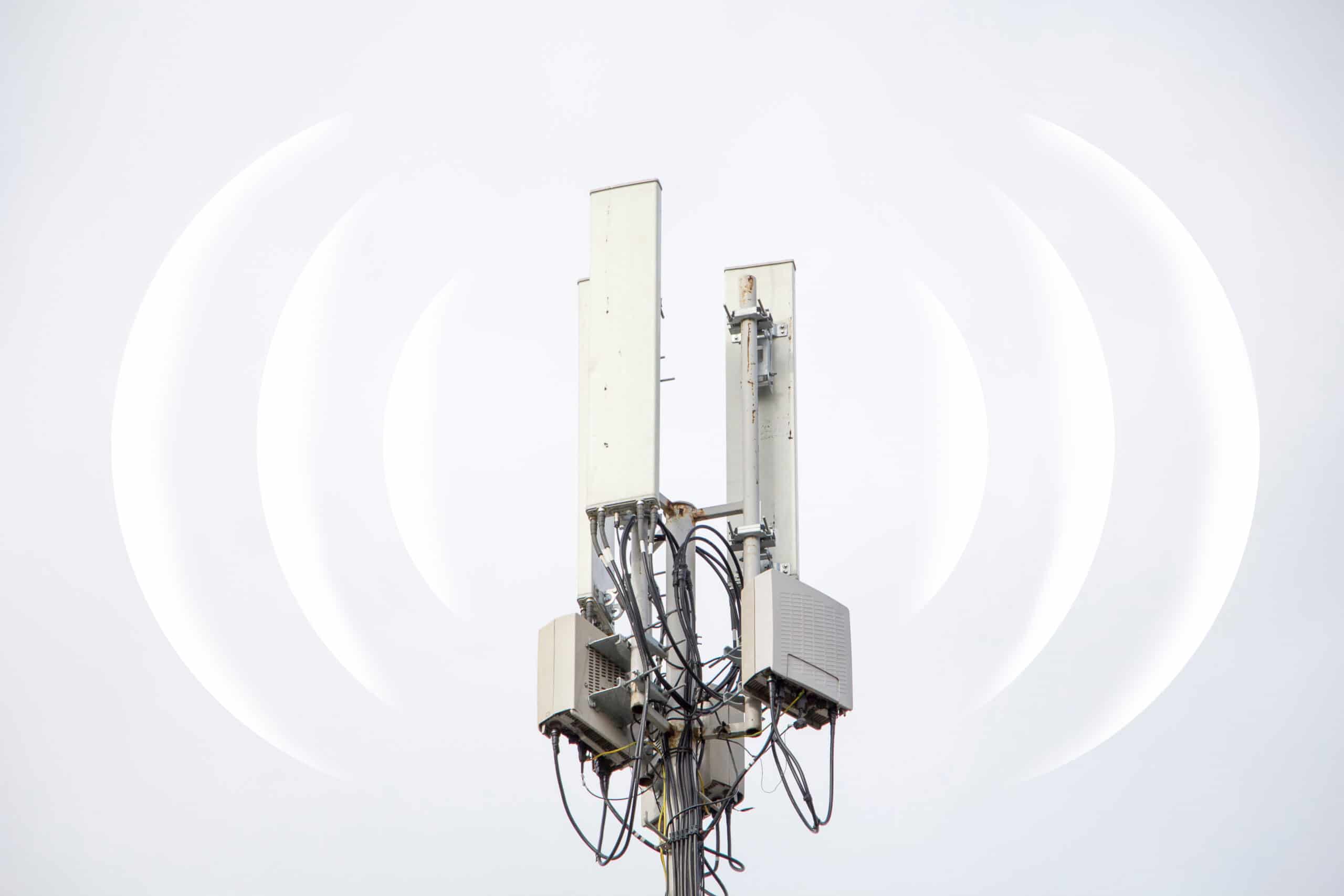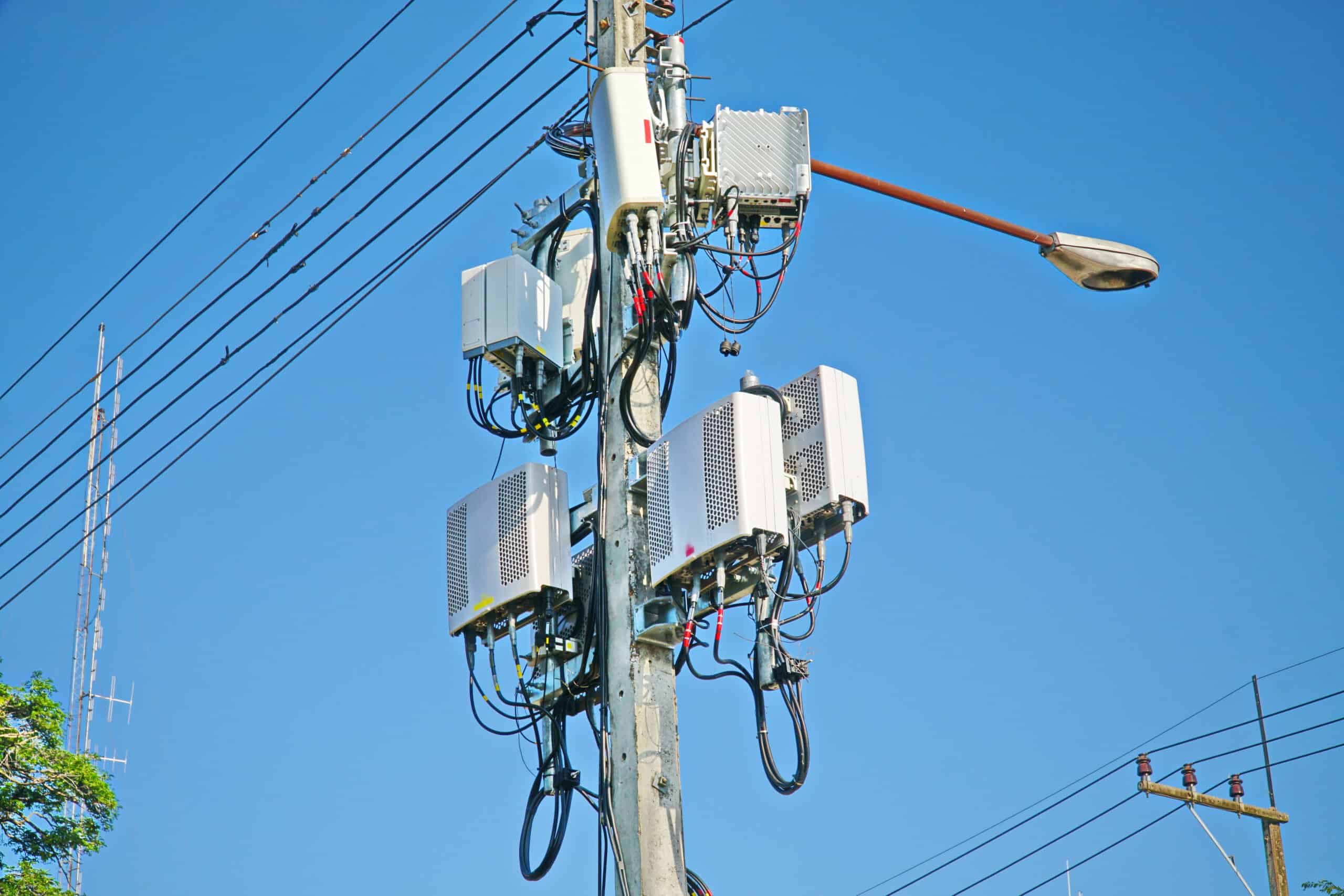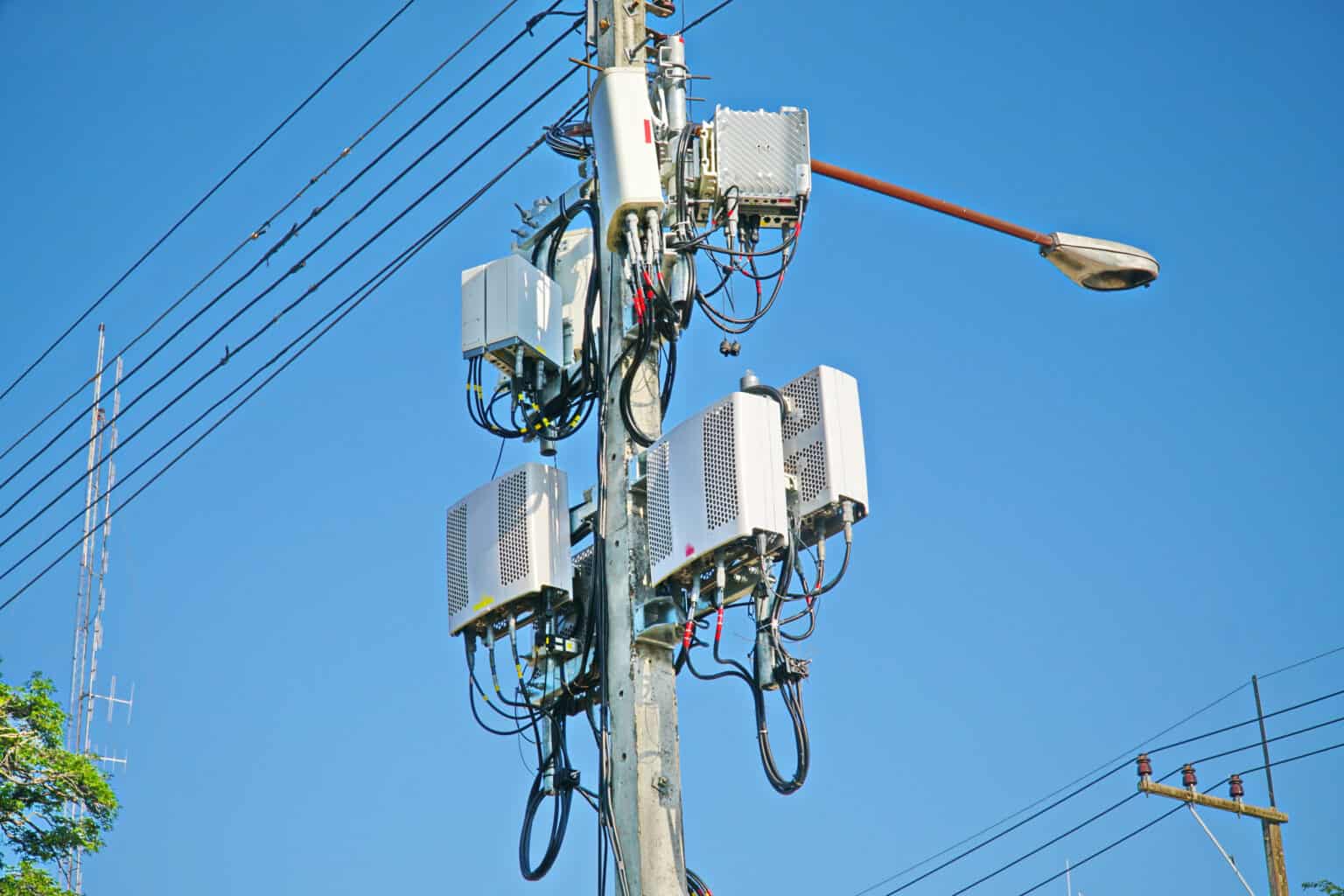Overview
Last week, a Federal Court in California upheld nearly all of the FCC’s declaratory ruling that pre-empted local control over 5G deployment. This challenge was brought by cities seeking to regain local authority over the deployment of small cells in the public rights-of-way, which was severely limited by the 2018 FCC Small Cell Order. For most communities, this ruling eliminates the possibility that the FCC rules will be rolled back and creates a regulatory framework that now must be acknowledged as a guide for the management of these deployments.
While the rules upheld by the court continue to limit local control, there are important steps that are being taken by communities around the country to regulate local deployment that are allowed by the ruling and subsequent court decision. HR Green strongly recommends that local governments adopt a number of key policies that can ensure you are prepared to address the coming wave of small cell attachment applications likely to be seen as providers continue their nationwide rollouts.
Recommendations
The following are the recommendations we share with municipalities regarding the development of regulations for small cell facilities in their public rights-of-way. The Court ruling will have some impact on the recommendations regarding the development of small cell aesthetic design standards.
Recommendations include:
- Municipalities should develop small cell policies to regulate the siting of these facilities in their rights-of-way (ROW) that align with the FCC’s Small Cell Order and their state’s Small Cell regulations if their state has such regulations. If their state has Small Cell regulations and it has similar regulations to the FCC’s Small Cell Order, then the municipalities Small Cell policy should specify the regulations from the more restrictive regulations, either the FCC Small Cell Order or their state Small Cell regulations. These policies should include regulations regarding shot clocks and fees.
- While municipalities cannot say “no” to the siting of small cell facilities in the ROW, it is recommended, as part of their responsibility regarding public safety, that they include in their small cell policy a requirement that applicants submit a site-specific RF report as part of thesmall cell RF application process for each facility. The report shall specify approach distances to the general public and occupational workers at the ground and antenna centerline levels. It is also recommended, again as part of their responsibility regarding public safety, that their policy requires an applicant to perform post-installation field testing of each facility to confirm the information included in the RF report, as well as annual field testing.
 Municipalities can charge fees above the FCC Small Cell Order’s safe harbor fees, as long as they can justify those fees. It is recommended that if a municipality wants to charge higher fees, that they perform a cost of services study to analyze their true cost to provide services, including but not limited to application review services, as well as permitting and inspection services.
Municipalities can charge fees above the FCC Small Cell Order’s safe harbor fees, as long as they can justify those fees. It is recommended that if a municipality wants to charge higher fees, that they perform a cost of services study to analyze their true cost to provide services, including but not limited to application review services, as well as permitting and inspection services.- Municipalities should develop and publish small cell aesthetic design standards regarding the siting of these facilities in their public rights-of-way (ROW). The Court ruling seems to have loosened the aesthetic restrictions of the FCC Small Cell Order, so municipalities may be able to establish more restrictive requirements regarding aesthetic standards for these facilities.
Briefing and Background Information
On August 12, 2020, the three-judge panel of the United States Court of Appeals for the Ninth Circuit in San Francisco granted in part, and denied in part, petitions for review of three orders of the Federal Communications Commission (“FCC”) concerning the newest generation of wireless broadband technology known as “5G” that requires the installation of thousands of “small cell” wireless facilities.
According to the Summary of the published Opinion of the panel, petitioners seeking review of the FCC orders were numerous local governments, public and private power utilities, and wireless service providers. The three FCC orders were promulgated under the authority of the Telecommunications Act of 1996 (the “Act”). The orders, issued in 2018, are known as the Small Cell Order, the Moratoria Order, and the One Touch Make-Ready Order. The first two orders spelled out the limits on local governments’ authority to regulate telecommunications providers. The third order was intended to prevent owners and operators of utility poles from discriminatorily denying or delaying 5G and broadband service providers access to the poles.

The panel held that given the deference owed to the agency in interpreting and enforcing the Act, the Small Cell and Moratoria Orders were, with the exception of one provision, in accord with the congressional directive in the Act, and not otherwise arbitrary, capricious, or contrary to law. The exception was the Small Cell Order provision dealing with the authority of local governments around aesthetic regulations. The panel held that to the extent that provision required small cell facilities to be treated in the same manner as other types of communications services, the regulation was contrary to the congressional directive that allowed different regulatory treatment among types of providers, so long as such treatment did not “unreasonably discriminate among providers of functionally equivalent services.” The panel also held that the FCC’s requirement that all aesthetic criteria must be “objective” lacked a reasoned explanation. The panel rejected constitutional challenges under the Fifth and Tenth Amendments to both orders.
The August 2020 Court ruling seems to support most of the regulations established by the FCC’s 2018 Small Cell Order. However, the panel granted the petitions for review as to the FCC’s requirement in the Small Cell Order that aesthetic regulations be “no more burdensome” than requirements applied to other infrastructure deployments, and the FCC’s requirement that all local aesthetic regulations be “objective.” The Court vacated those portions of the rule and remanded them to the FCC.
Small Cell Order
On September 27, 2018, the Federal Communications Commissions (FCC) published a Declaratory Ruling and Third Report and Order, titled “Accelerating Wireless Broadband Deployment by Removing Barriers to Infrastructure Investment” (the Small Cell Order). The Order establishes fees, new “shot clocks”, and provides limits on local governments’ small cell infrastructure control.
The FCC Order establishes fees (a.k.a.: safe harbor fees) as follows:
- $500 for non-recurring fees, including a single up-front application that includes up to five Small Wireless Facilities, with an additional $100 for each small wireless facility beyond five
- $1,000 for non-recurring fees for a new pole (not a collocation) intended to support one or more small wireless facilities.
- $270 per small wireless facility per year for all recurring fees, including any possible right-of-way (ROW) access fee or fee for attachment to municipally-owned structures in the ROW
The following shot clocks are the FCC’s permit review times for new small wireless facilities:
- A 60-day review period for collocation of small wireless facilities
- A 90-day review period for construction of new small wireless facilities
Existing shot clocks for non-small wireless facilities deployments remain in place:
- 90 days for collocation on an existing structure
- 150 days for deployment on a new structure
According to the FCC Order, the “shot clock” rules are as follows:
- Both the new and existing shot clocks apply to “any approval that a siting authority must issue under applicable law prior to deployment”. This includes zoning approvals and building permits and may also include license or franchise agreements to access the rights-of-way, leases for use of municipal poles or property in the rights-of-way, electric permits, and road closure permits, among others.
- For small wireless facilities deployments, shot clocks are reset if the siting authority notifies the applicant within 10 days after submission that the application is incomplete. For subsequent determinations of incompleteness, the shot clock would toll—not reset—if the siting authority provides written notice within 10 days that the supplemental submission did not provide the requested information.
- For non-small wireless facilities, shot clocks begin to run when an application is first submitted and can be paused—not reset—if the siting authority notifies the applicant within 30 days that the application is incomplete. For subsequent determinations of incompleteness, the process is the same as described above for small wireless facilities.
- Failure to act within the new small wireless facility shot clock constitutes a presumptive violation of the Communications Act and applicants may seek expedited injunctive relief in court within 30 days of a local government missing a shot clock deadline. There is no “deemed granted” remedy.
The FCC Order limits aesthetic reviews and requirements (including undergrounding, spacing, and historic/environmental requirements) to what is:
- reasonable
- no more burdensome than those applied to other types of infrastructure deployments
- objective and published in advance
It is important to note that in its August 12, 2020 ruling, the three-judge panel of the United States Court of Appeals for the Ninth Circuit granted the petitions for review of the aesthetic regulations in the FCC’s Small Cell Order. The Court vacated those portions of the rule and remanded them to the FCC.
The effective date of the 2018 Order with respect to the new limitations on rights-of-way fees and deadlines for acting on permit applications was January 14, 2019.
Conclusions
The August 12, 2020 ruling by the United States Court of Appeals for the Ninth Circuit in San Francisco regarding the FCC Small Cell Order reinforced the regulations established in the FCC’s 2018 Small Cell Order, with one exception. The one exception is the aesthetic regulations in the Small Cell Order. The Court vacated those portions of the rule and remanded them to the FCC.
The Court ruling does not seem to have a substantial impact on our municipal small cell regulatory recommendations. We still recommend that municipalities develop small cell policies and aesthetic design standards. However, it is important that municipalities keep in mind that the ruling seems to have loosened the aesthetic restrictions of the Small Cell Order, so they may be able to place more restrictive aesthetic standards on small cell facilities in their public rights-of-way.
HR Green has successfully developed small cell polices and aesthetic design standards for several dozen municipal clients from the Midwest to the West. We have the knowledge and experience to assist communities in the development of these regulations.


